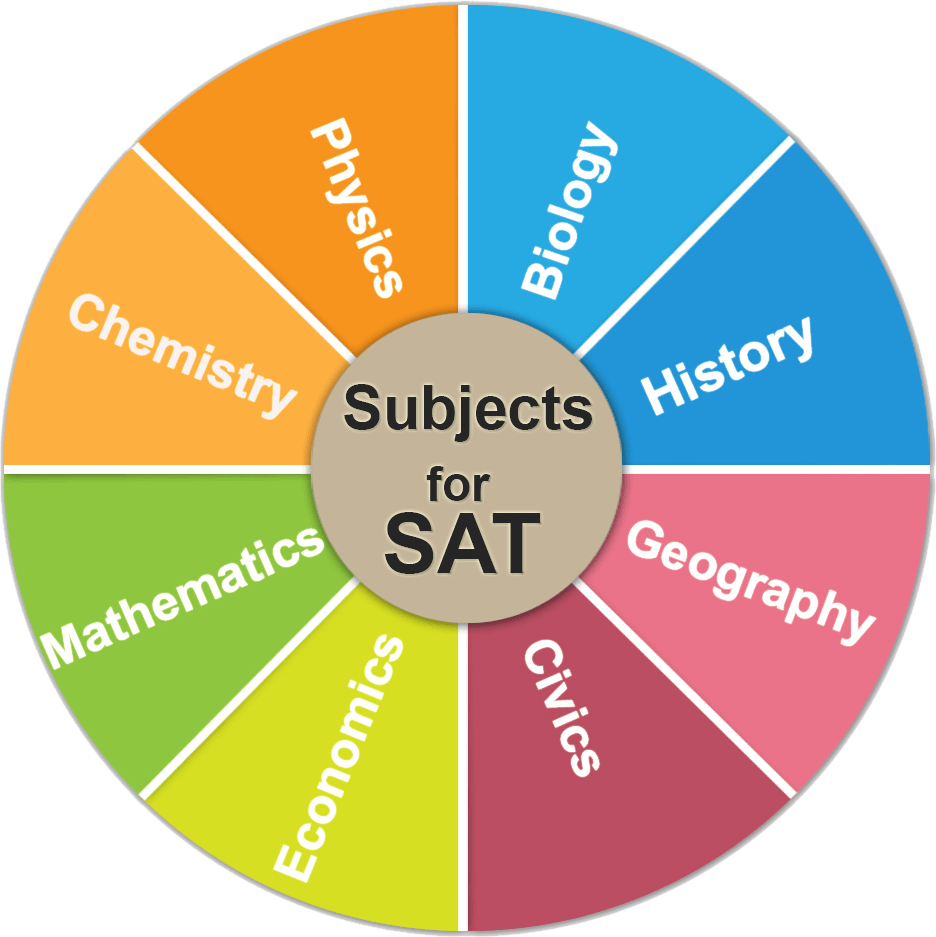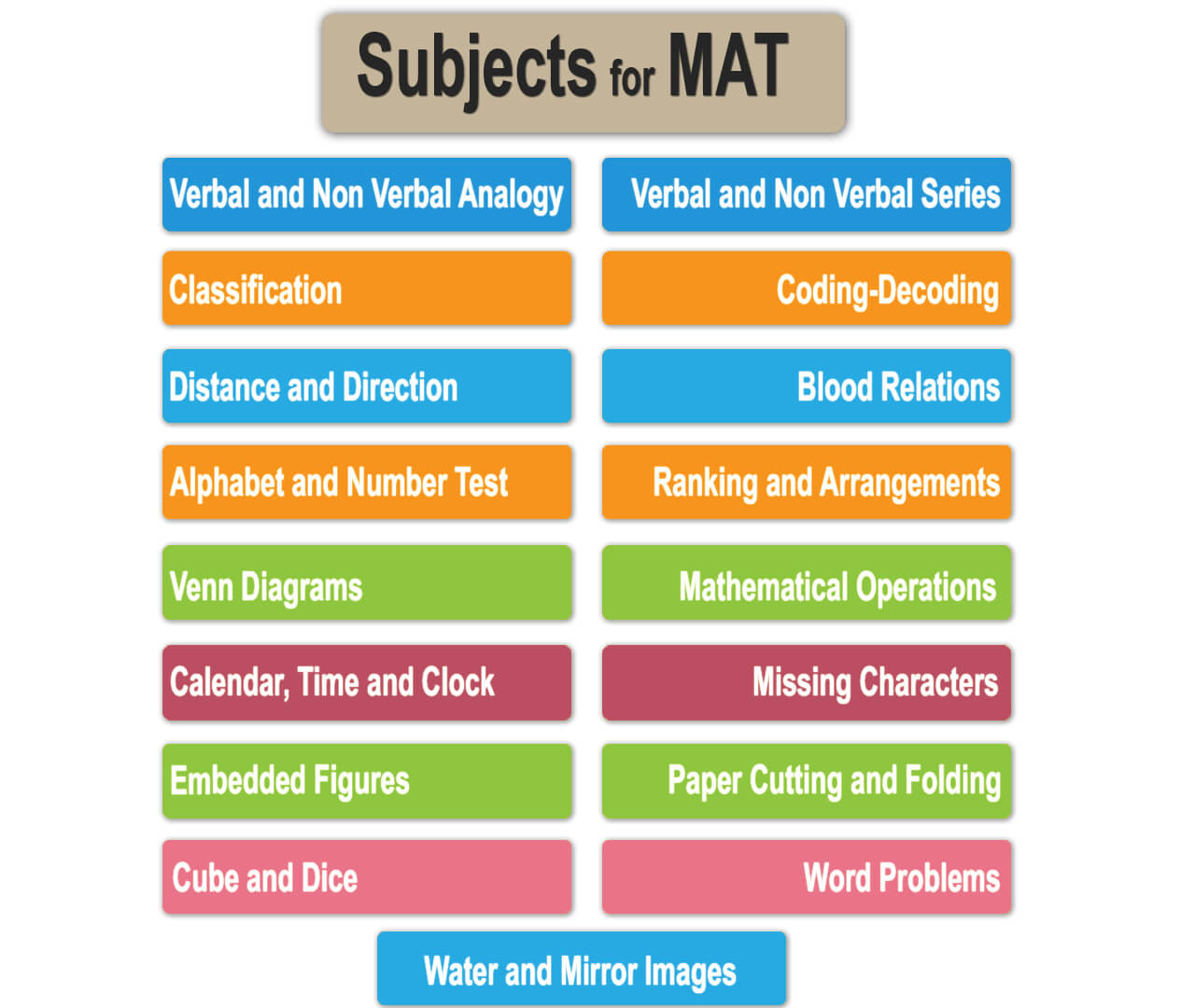
Hard work always speaks when taken in the right way. This is what NTSE provides to the focused and dedicated students. You don’t need to be an extraordinary student to be a part of the NTSE Examination. NTSE Exam pattern is set in a manner which focuses on evaluating the knowledge, skills and mental ability of the student.
NCERT conducts the National Talent Search Examination every year for class 10 students. The NTSE exam is conducted in two-stages. Stage 1 and stage 2.
Stage 1 is conducted at the state level and stage 2 is a national level examination.
NTSE exam pattern for each stage is divided into two sections:-
SAT is designed to test the student’s grasp and hold over the academic subjects. SAT has 100 questions, from the subject, Social studies, Maths, and Science of class 9th and 10th. It’s always suggested to work more on theory rather than doubling down on the numerical.

MAT is designed to test, Student’s IQ. MAT has the number of categories, like non-verbal series, Coding-decoding etc. Obviously, MAT requires more practice than anything else. It can be a game changer in the NTSE Test.

Having a clear knowledge about the NTSE Exam Pattern i.e marking scheme, time duration, number of questions, syllabus etc. is a must if you want this exam. We hope this detailed article helped you to get through with the NTSE Exam Pattern.
From the NTSE exam pattern provided above, students can have an overview of the section-wise syllabus. For more detailed understanding of the NTSE paper pattern, students can refer to NTSE Syllabus.
For getting familiar with the exam pattern and obtain good marks in exam students can also refer to NTSE Model papers.
All the students who are appearing for the exam must be aware of the basic information about the NTSE pattern.
All the students who will appear for the exam must follow some of the essential instructions on their respective exam day:-